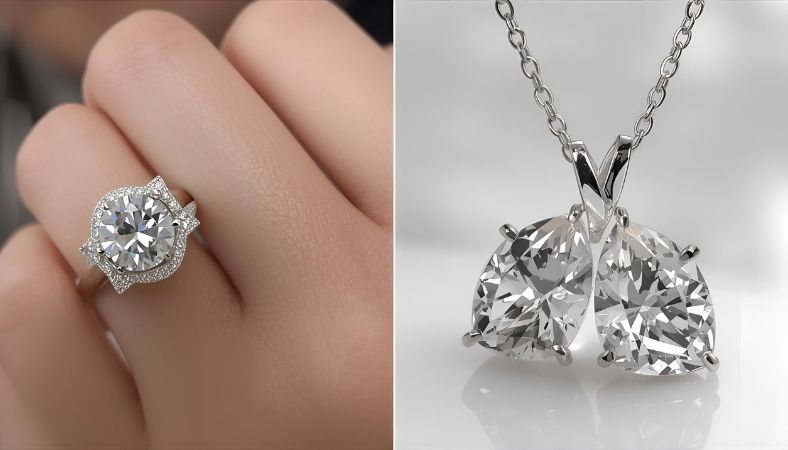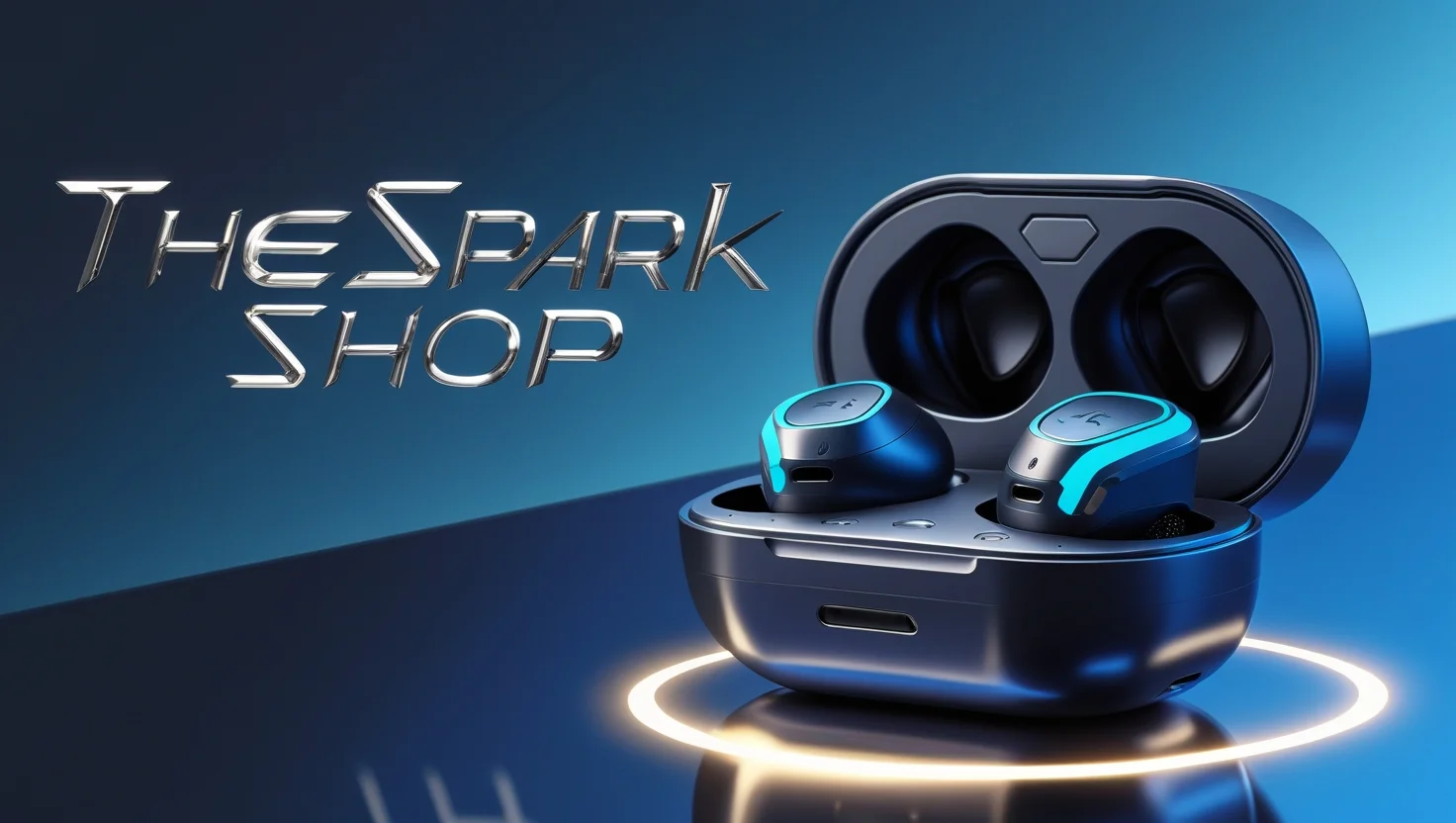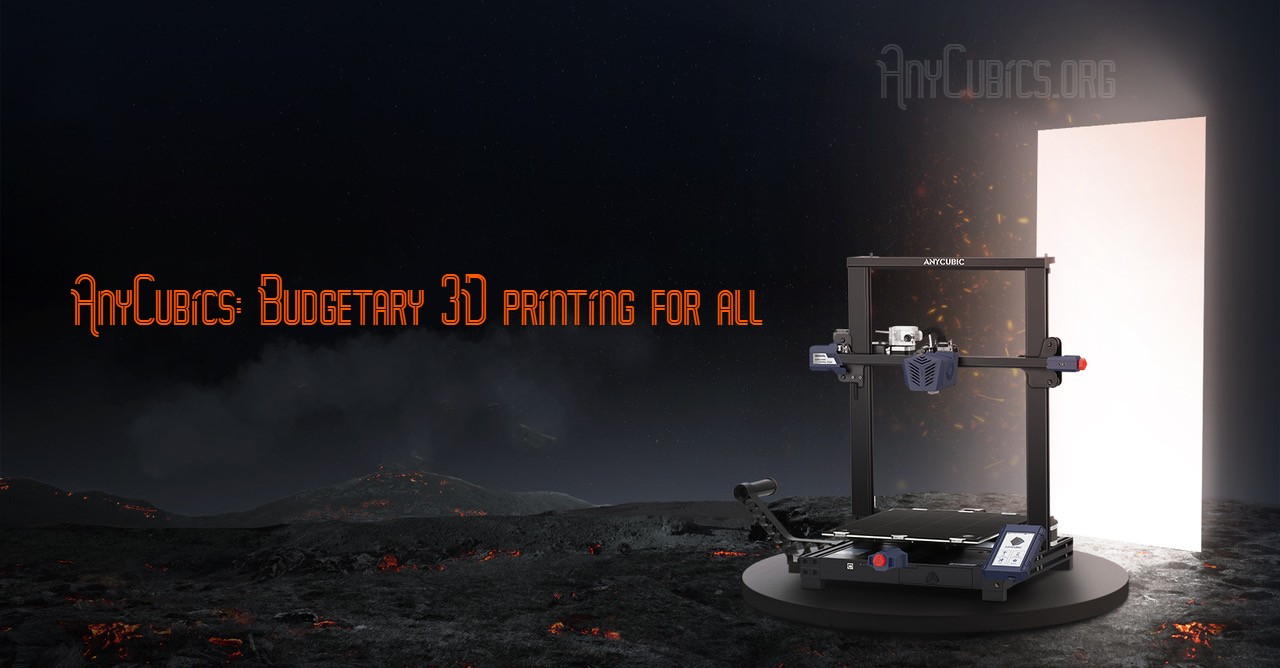Meet cubic zirconia, the affordable gem that rivals diamonds with ethical flair. Discover its creation, uses, and care tips for lasting sparkle.
Imagine slipping on a ring that dazzles like a diamond but leaves your savings intact. That’s cubic zirconia, a lab-grown gem shaking up the jewellery world with its fiery glow and guilt-free appeal. From budget-friendly rings to futuristic dental crowns, this underdog gem proves you don’t need deep pockets to shine. Let’s explore why cubic zirconia is stealing the spotlight.
Key Takeaways
- Cubic zirconia mimics diamonds’ brilliance but costs a fraction, perfect for savvy shoppers.
- Lab-made and conflict-free, it’s a sustainable choice for eco-conscious jewellery lovers.
- Gentle care keeps CZ sparkling, though it’s less durable than diamonds or moissanite.
- Beyond jewellery, CZ powers dental crowns and high-tech optics with its unique strength.
- Clear up confusion: CZ isn’t natural zircon but a synthetic gem with its own charm.
What Is Cubic Zirconia?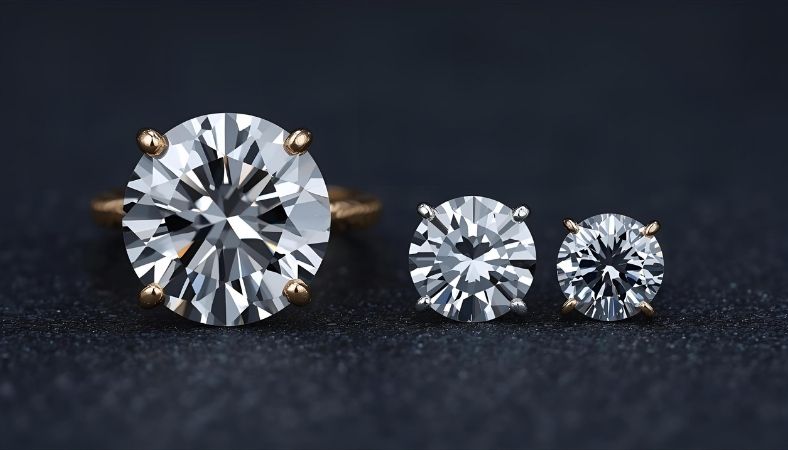
Cubic zirconia is a lab-crafted gem made from zirconium dioxide, designed to mimic a diamond’s sparkle without the hefty price tag. Unlike natural zircon, a mineral with a different makeup (ZrSiO4), CZ boasts a cubic crystal structure that scatters light like a prism in a sunbeam. With a hardness of 8–8.5 on the Mohs scale, it’s tough enough for daily wear but needs care to avoid scratches. First spotted as a natural mineral in 1937, CZ became a jewellery star by 1976, offering affordable glamour to all.
This gem’s magic lies in its fiery glow, created by a high dispersion that outshines even diamonds. Picture a bride choosing a CZ ring, her smile as bright as the gem itself, knowing she’s saved thousands. It’s not just a diamond look-alike—it’s a symbol of smart, ethical style.
How Is Cubic Zirconia Made?
Creating cubic zirconia is like alchemy in a lab. Zirconium dioxide powder is heated to a blazing 4,982°F in a skull crucible, a metal shell that keeps the molten mix contained. A dash of yttrium oxide stabilises the mix, forming a flawless cubic crystal that catches light beautifully. By the 1990s, labs produced 400 tonnes of CZ yearly, enough to craft millions of gems.
This fiery process gives CZ its signature dazzle, with more rainbow flashes than a diamond. Labs are now tweaking the formula to create translucent zirconia for cutting-edge dental crowns, blending beauty with science. It’s a gem born from heat and ingenuity, ready to shine in your jewellery box or a high-tech lab.
Cubic Zirconia vs. Diamonds vs. Moissanite
Choosing a gem feels like picking a partner each has its charm, but they’re not the same. Cubic zirconia dazzles with a refractive index of 2.15–2.18, close to a diamond’s 2.42, but its higher dispersion creates vibrant, rainbow-like flashes. Diamonds, with a perfect 10 on the Mohs scale, are nearly indestructible, while moissanite (9.25) and CZ (8–8.5) are less durable, prone to scratches over time. Cost-wise, CZ is a steal—pennies per carat versus thousands for diamonds or hundreds for moissanite.
Ethically, CZ and moissanite, both lab-made, sidestep mining’s dark side, unlike some diamonds. A jeweller’s trick: CZ fails thermal diamond testers, so you’ll never mistake it for the real thing. For a couple saving for a dream home, CZ’s affordability and sparkle make it a no-brainer.
Uses of Cubic Zirconia
Cubic zirconia isn’t just for earrings or pendants—it’s a versatile gem with surprising applications. In jewellery, it shines in everything from classic solitaires to bold, colour-treated designs in hues like sapphire blue or emerald green. Beyond adornment, its strength (900–1,400 MPa) makes it a star in dental crowns, where translucent zirconia mimics natural teeth. In tech, CZ’s clarity powers laser optics and even nanotechnology, like tiny lenses for cutting-edge devices.
Think of a dental patient beaming with a zirconia crown that looks as good as it feels. Or a fashionista rocking a vibrant CZ necklace that turns heads. This gem’s reach goes far beyond the jewellery counter, proving its worth in science and style.
Benefits of Choosing Cubic Zirconia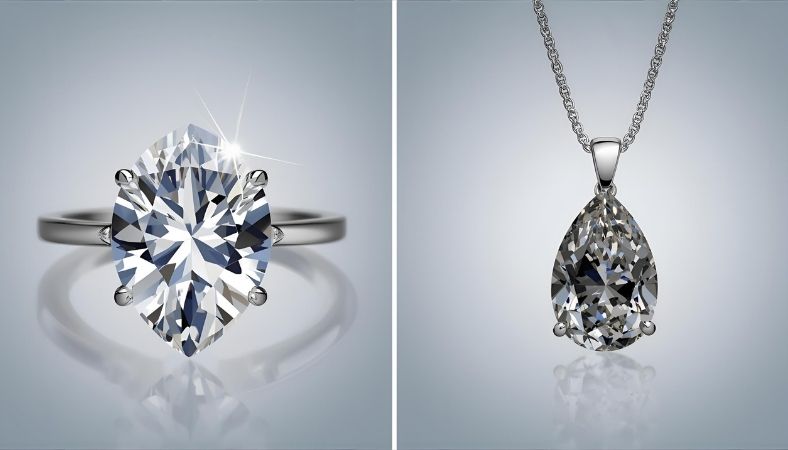
Cubic zirconia is like a trusty sidekick—reliable, affordable, and full of charm. It lets you flaunt a diamond-like look for the price of a weekend getaway, leaving room for life’s other joys. As a lab-grown gem, it’s free of mining’s environmental toll, appealing to the 60% of millennials prioritising sustainable purchases, per a 2023 jewellery market study. Its endless cuts and colours suit any style, from timeless to trendy.
Pair CZ with sturdy metals like platinum to boost its durability. Whether you’re eyeing an engagement ring or a statement piece, CZ delivers glamour without guilt. It’s the gem for those who want to shine responsibly.
Challenges and Care Tips
No gem is perfect, and cubic zirconia has its quirks. Its 8–8.5 hardness means scratches can dull its fire after a couple of years, unlike moissanite’s tougher 9.25. Cloudiness is another concern if dirt or oils build up. For daily-wear rings, this can be a dealbreaker unless you’re diligent with care.
Keep your CZ dazzling with these tips:
- Clean with mild soap and a soft brush; skip abrasive cleaners.
- Store in a soft pouch to avoid scratches from other jewellery.
- Remove during rough tasks like hiking or dishwashing.
- Polish monthly to prevent cloudiness and maintain shine.
These steps address the top complaint, CZ losing its lustre, ensuring your gem stays vibrant longer.
Current Trends in Cubic Zirconia
Cubic zirconia is riding a wave of modern trends. Sustainability is king, with lab-grown gems like CZ gaining traction as eco-friendly alternatives to mined stones. Colour-treated CZ, from soft pinks to bold greens, is popping up in seasonal collections, letting wearers switch up their style affordably. Brands like Swarovski are leaning into this, crafting CZ pieces that scream fashion without the environmental cost.
In dentistry, translucent zirconia crowns are a game-changer, offering strength and a natural look, with fracture toughness up to 6 MPa m^1/2. Picture a patient smiling confidently with a zirconia crown or a trendsetter rocking a neon CZ ring. CZ’s versatility keeps it fresh and relevant.
Common Myths and Misconceptions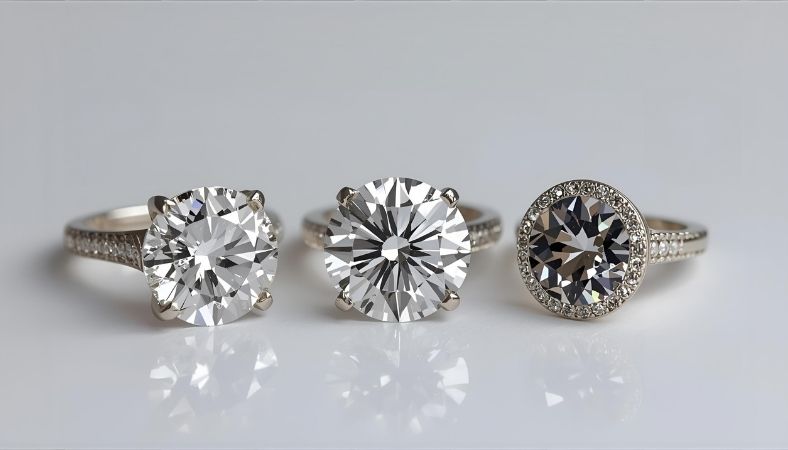
Let’s bust some myths about cubic zirconia. First, it’s not natural zircon, a mineral with a different structure (ZrSiO4). CZ is a lab-made marvel, crafted for sparkle and savings. Some call it “worthless,” but its value lies in affordability and ethics—perfect for those who want beauty without breaking the bank.
Another misconception: CZ looks “cheap.” With quality settings and care, it rivals pricier gems. And no, it won’t fool a diamond tester, as it lacks a diamond’s heat conductivity. Knowing these truths helps you shop smarter and wear CZ with pride.
FAQs About Cubic Zirconia
How to tell if a stone is cubic zirconia?
Spot CZ by its vibrant rainbow flashes and slight scratches, as it’s softer (8–8.5 Mohs) than diamonds (10). A jeweller’s loupe or thermal tester confirms it, as CZ doesn’t conduct heat like diamonds.
Is cubic zirconia worth anything?
CZ’s resale value is low, but its worth shines in affordability and ethics. It offers diamond-like beauty for pennies, ideal for budget-conscious buyers who value sustainable, conflict-free gems.
Can cubic zirconia pass a diamond tester?
No, CZ fails thermal diamond testers due to its lower heat conductivity. Its higher dispersion and density also distinguish it under a jeweller’s inspection, ensuring no mix-up with diamonds.
How long does cubic zirconia last?
With care, CZ lasts about 2 years in daily-wear jewellery before scratches or cloudiness appear. Regular cleaning and safe storage extend its life, keeping it sparkling longer.
Does cubic zirconia get cloudy?
CZ can cloud from scratches or oil buildup if neglected. Clean it with mild soap and a soft brush monthly, and avoid rough wear to preserve its fiery brilliance.
What’s the difference between cubic zirconia and lab-grown diamonds?
CZ is synthetic zirconium dioxide, affordable but softer (8–8.5 Mohs). Lab-grown diamonds are real carbon diamonds, harder (10) and pricier. Both are ethical, but diamonds endure longer.
Takeaway
Cubic zirconia is the gem that proves you can shine bright without spending a fortune or harming the planet. From dazzling rings to high-tech dental crowns, its versatility and ethics make it a standout. Keep it sparkling with gentle care, and let CZ light up your style guilt-free.

